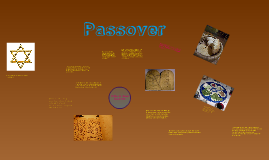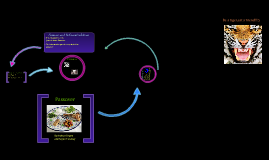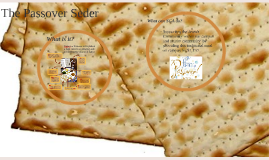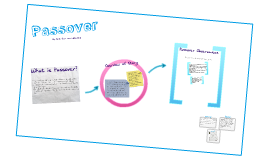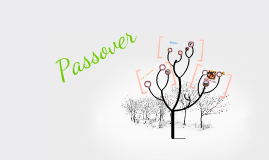Passover
Transcript: After the Egyptians were held in slavery for many generations, God sent to the pharaoh, a message through Moses. He said "Send forth My people, so that they may serve Me." Yet, the pharaoh refused, so God hailed 10 horrific plagues on Egypt. The tenth was to kill everyone's firstborn. Yet God "passed over" the homes of the Israelites, saving their lives. A 15 step tradition for families to participate on Passover. They eat bitter herbs, to symbolize how bitter slavery was. Also, they eat Matzah, as well as drink 4 glasses of wine to celebrate freedom and recite the Haggadah, the story of the Exodus. On Passover, Jewish people are to eat Matzah, flat bread that has not been leavened on the two nights of the Seder. (cc) photo by Franco Folini on Flickr Seder During Passover, they cannot eat leavened bread or drink. Nothing with oats, rye, barley, wheat, is allowed in their house. In fact they have a burning ceremony of Chametz the night before. The middle four days are called chol hamoed, semi-festive "intermediate days", when most work is permitted. No Chametz Overview of Story Matzah Passover Observances The first two days and the last two days are full-fledge holidays. Holiday candles are lit at night, and kiddush and other holiday meals are enjoyed both nights and days. Don't work, drive, write and switch on or off electric devices. Permitted to cook and carry outdoors. (cc) photo by Metro Centric on Flickr Passover is divded into two parts: Passover is an eight-day festival celebrated in early spring from the 15th and 22nd of the Hebrew month Nissan. Celebrates the emmancipation of the Israelites from slavery in ancient Egypt. By folloring the rituals of Passover, one can have the ability to relive and experience the true freedom that the ancestors had. Passover By: Beth Shaw and Libby King What is Passover?






